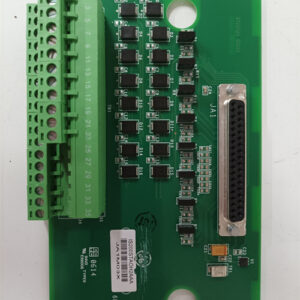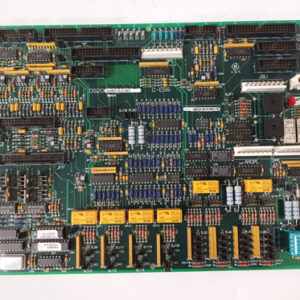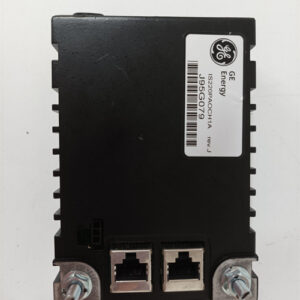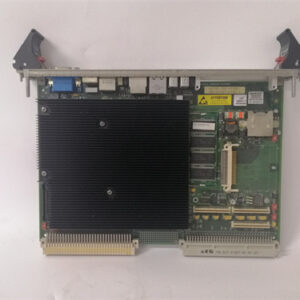الوصف
The GE part number IS200EXCSG1A is a Conduction Sensor Card for the EX2100 Excitation Control System. Its primary function is to monitor the conduction state of the SCRs (Silicon Controlled Rectifiers) in the exciter’s rectifier bridge. This is critical for diagnosing and protecting the system from power electronic faults. ⚡
Function and Key Features
A generator’s excitation system uses an SCR bridge to convert AC power into the DC power needed for the generator’s field windings. The EXCS board monitors the health of this bridge.
- Conduction Sensing: The board uses a sensing circuit to detect when each SCR is conducting current. It’s designed to monitor for two primary fault conditions:
- Open Circuit: An SCR that fails to turn on when commanded.
- Short Circuit: An SCR that remains “on” when it should be off, also known as a conduction fault.
- Fault Detection: By monitoring the conduction state, the EXCS board can quickly identify a faulty SCR. It sends a signal to the main controller, which can then take protective action, such as tripping the exciter or initiating an alarm. This prevents a minor fault from escalating into a catastrophic failure.
- System Integration: The EXCS card works in conjunction with the main control card (like a DSPX) and other I/O boards to form the complete excitation control system. It’s a key part of the system’s diagnostic and protection logic.
- Robust Design: Like all GE industrial control components, it is built to withstand the harsh conditions of a power plant.
Applications
The IS200EXCSG1A is a legacy component primarily found in power generation facilities. It is an essential component for:
- Excitation System Protection: It protects the exciter bridge and the generator’s field from damage caused by SCR faults.
- Predictive Maintenance: Early detection of a failing SCR allows for scheduled maintenance and replacement before a major failure occurs, reducing downtime and costs.
- Diagnostics: It provides crucial diagnostic information to technicians and operators, helping them quickly identify the root cause of a fault.

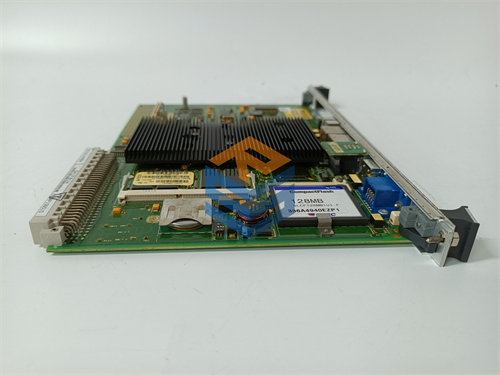

 +86 15340683922
+86 15340683922 +86 15340683922
+86 15340683922